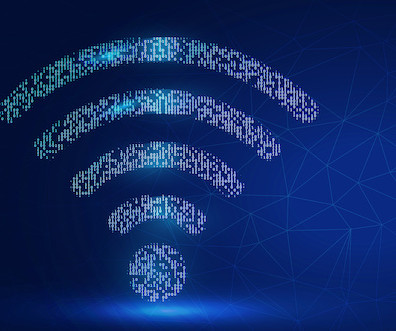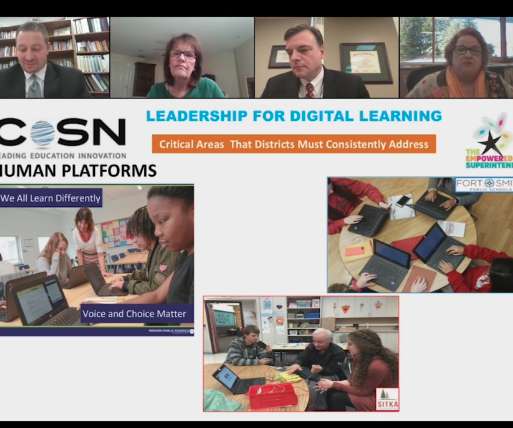The looming threat that could worsen the digital divide
eSchool News
JANUARY 19, 2024
Key points: Without continued funding, schools and libraries may struggle to maintain or upgrade technological infrastructure See article: 3 ways the E-rate program helps level up learning See article: Will cybersecurity receive E-rate funding? Advocacy for the extension or renewal of ECF funding is a critical step.





























Let's personalize your content